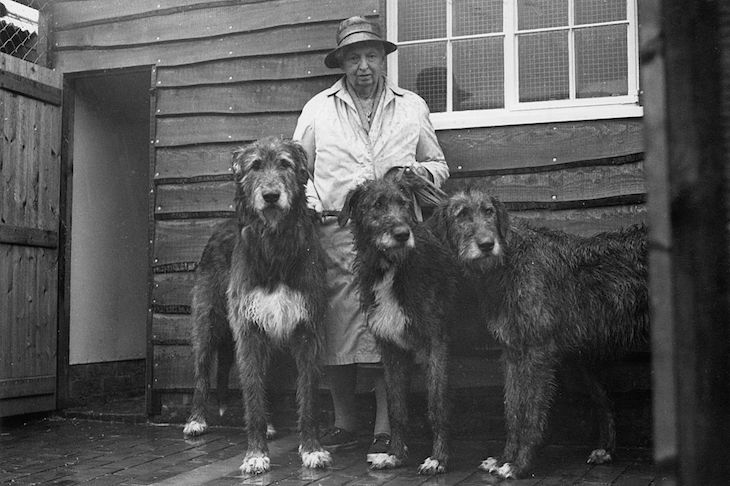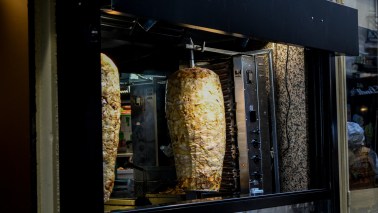It has been a good year for the girls. The filly Enable was the horse of the year, winning not only the Oaks, amid a thunderstorm, but also collecting the King George VI and Queen Elizabeth Stakes at Ascot, and the Prix de l’Arc de Triomphe in Paris, in scintillating style. Jessica Harrington trained the Cheltenham Gold Cup winner Sizing John, and Josephine Gordon became only the second woman ever, after Hayley Turner, to ride 100 winners in a calendar year.
I have been banging on for 20 years about giving women riders more opportunities, but even so I was surprised to discover, when researching Sixty Years of Jump Racing with former Cheltenham impresario Edward Gillespie, just how deep some prejudices ran. Until Florence Nagle successfully challenged the Jockey Club in court in 1966, it refused to allow women licences to train racehorses: they had to skulk behind a male head lad’s name. One official declared: ‘Women are not persons within the Rules.’ Another insisted that there was a danger of women trainers ‘falling into the hands of bad men’. Florence Nagle, Norah Wilmot and Louie Dingwall, the three leading women horse-handlers, were all over 70 at the time. Ms Nagle should have set her pack of Irish wolfhounds on him.
In 1971, two years after women began riding professionally in the US, the Jockey Club finally began looking nervously at staging a few races here for women amateurs. Lightweight jockeys resisted female professional licences for fear of losing mounts, and officials hid behind the smokescreen of added costs saying they would have to double up on changing rooms and ambulances. One noted, however, that ‘it wouldn’t matter if they shared an ambulance if both were unconscious’.








Comments
Join the debate for just £1 a month
Be part of the conversation with other Spectator readers by getting your first three months for £3.
UNLOCK ACCESS Just £1 a monthAlready a subscriber? Log in